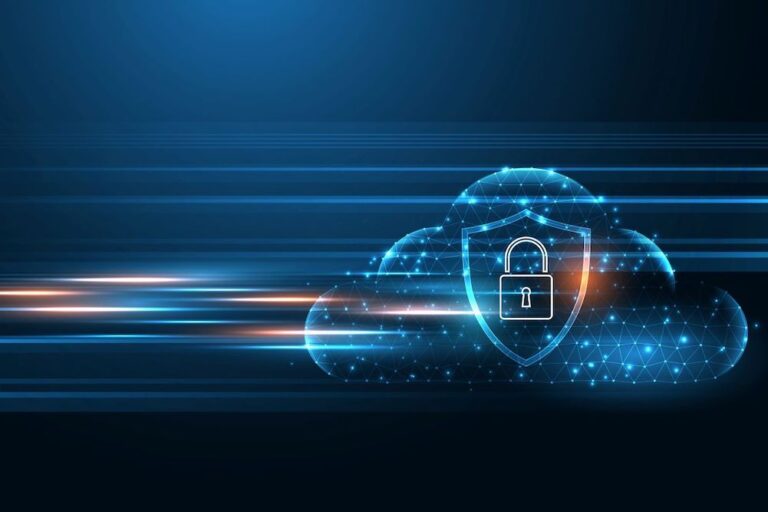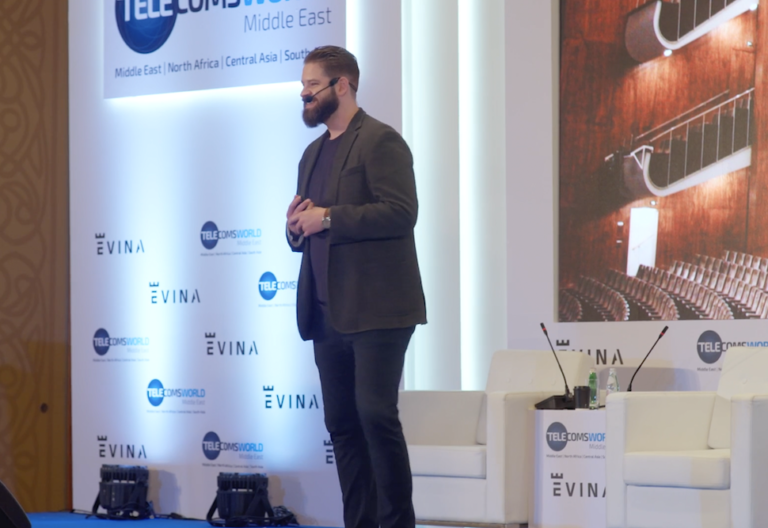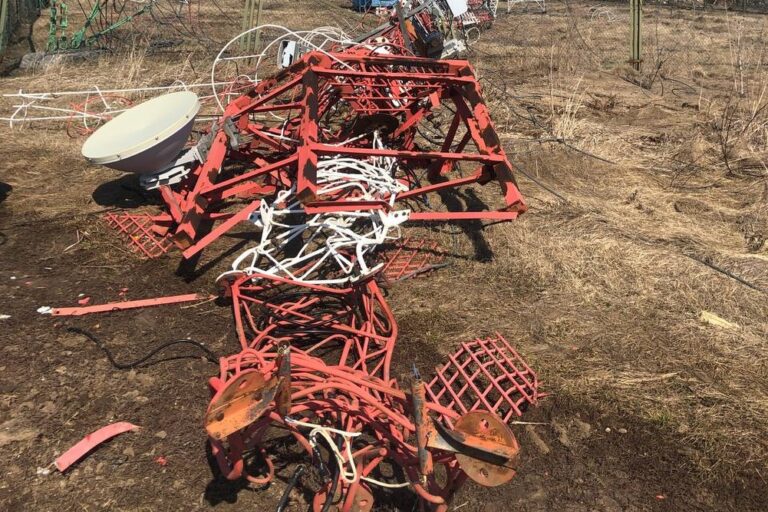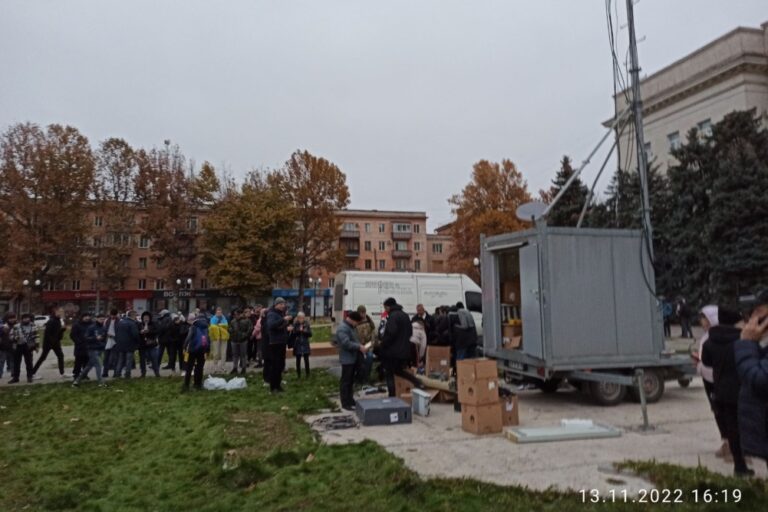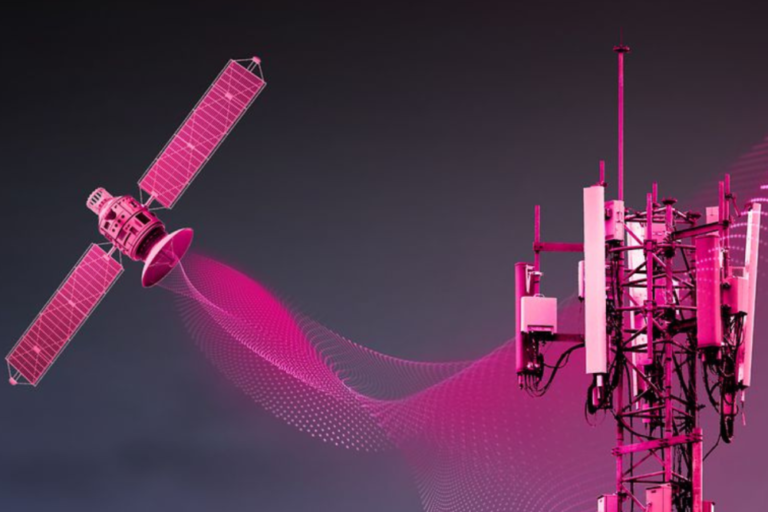Kyivstar’s CEO and CTO talk about the power of grit and operators pulling together
In a small, quiet meeting room on the sidelines of Mobile World Congress with executives from Ukraine’s largest operator Kyivstar, the discussion was in stark contrast to what was going on at the show. While other European operators talked about fair-share politics and future immersive experiences, Kyivstar provided an update on how it has kept people safe and its network up and running after one year of war.
Oleksandr Komarov, Chief Executive of Kyivstar, acknowledged having a somewhat “alien” feeling here as the operator has “very different challenges and priorities” compared to the rest of the industry.
In an interview with Mobile Europe, Komarov and Volodymyr Lutchenko, Chief Technology Officer at Kyivstar, shared how network resilience challenges have changed dramatically over the last year and how people have pulled together to preserve communications services. (Also see Telecoms in time of war)
National roaming
Cooperation among the country’s three operators – Kyivstar, Vodafone Ukraine, and Lifecell – has been “essential” for overall network resilience, and they have been “exchanging capacity and providing equipment to one another,” said Komarov.
Indeed, one of the first and most important steps the operators took after Russia invaded a year ago was to implement national roaming, so that if network services are down on one network, users are automatically switched to another. National roaming is unusual and difficult, but the Ukrainian operators were able to launch it in about three weeks with support from the national regulator.
The service is “working well to keep services going,” said Lutchenko. When the country suffered power blackouts in November last year, he said more than 2 million people per day used the national roaming service.
When the war started, the government also issued additional frequencies free of charge to the operators to give them extra network capacity. Meanwhile, equipment suppliers and local businesses have also rallied to help keep the networks going.
Komarov cited an example where Ericsson stepped up to support a “very big ambitious project to roll out a national core site in the western part of Ukraine … to mitigate the risks related to the potential loss” of other sites, he said. In peace time, such a project would take 12 to 18 months. But with everyone cooperating, he said they started the project at the start of 2022 and it was completed in early May, taking less than five months for a major deployment.
Moving targets for resilience
As the months of war have dragged on, the network resilience challenges have changed. In the first few months, Lutchenko said Kyivstar was engaged in “urgent activities” to keep the network going when the infrastructure was physically damaged by rockets, bombs, mines, and tanks, because the biggest problem is that it is often too dangerous to get to the sites to repair damages.
“[The sites] could be in occupied territory or on the front line. The area could be under fire or the fields can be mined so that without supervision from the military, you cannot get there … That’s why your network should be very reliable and still work with multiple damages like ours,” said Lutchenko.
Later in the summer, the resiliency work shifted to “stabilisation” projects. By September, Kyivstar’s network performance KPIs remarkably were “almost on a pre-war level.” Apart from occupied areas where Kyivstar had no access to sites, “the network was really good,” he said.
Attacks on energy pose new threats
The communications resiliency landscape changed in October when Russia started attacking the country’s energy infrastructure. Lutchenko said the challenge is now “really huge” and the “new reality.” In late October, about 20% of Kyivstar’s base stations were affected by power outages. Lutchenko said the worst day was November 24, 2022, when 65% of Kyivstar’s network was without electricity.
In response, Kyivstar has strengthened energy resilience by adding longer-life backup batteries and diesel-powered generators.
Here again, cooperation has been vital. In Kyivstar has “crowd-sourced” access to power generators from local businesses, such as a petrol station located near one of the operator’s cell sites. “We asked businesses and invited people to help us with keeping the network up and running,” said Lutchenko, and now more than 600 sites are connected to diesel generators.
But this is one area where Komarov feels help from the government has been “limited”. Of Kyivstar’s 1500 generators, he said about 40 were provided by the government and the rest were either procured by the operator or acquired from third parties that have “extra power capacity on hand located nearby our sites.” Kyivstar said it has invested around US$5 million just on generators and diesel fuel.
Fighting on two fronts
Kyivstar’s network is under threat from cyberattacks as well as physical attacks. “The Russians want to destroy us not only physically, but virtually as well, so that means we have to fight on two front lines,” said Lutchenko.
The operator took measures to protect its network by relocating certain equipment away from areas that were likely to come under Russian control. Komarov explained that in occupied territories there was a cyber defense effort underway to ensure that despite not having control of all its network, the operator was not “vulnerable to extra threats.”
“We streamlined the architecture of our core infrastructure to minimise the number of potential vulnerabilities,” he said. In Kherson, for example, Kyivstar had “just a media gateway and RAN network” and this “decreased the risk of penetration,” he said.
Restoring liberated areas
As territories are liberated, Kyivstar works on repairing the destruction to its network. Lutchenko said that about 18% to 20% of the telecom infrastructure in formerly occupied regions is “totally destroyed,” meaning “there is nothing from an equipment or infrastructure point of view.” About 30% to 35% is “heavily damaged” and about 40% has “minor damages.” Kyivstar says it can repair nearly 90% of the network in those areas.
“We’re waiting for our military to liberate more territory and we are ready to restore everything,” said Lutchenko.
Losing more than infrastructure
Kyvistar is worried about losing more county’s critical communications infrastructure: it is also working to keep its 3,800 employees and their families safe. In the initial months of the war, the operator provided instructions for where people could go for safety and converted regional offices into temporary homes with showers and washing machines for displaced families.
Around 140 Kyivstar employees have been drafted into the army and thousands volunteer to help the army in various roles. The operator has lost three of its employees in the war and two are missing.
Kyivstar relies on maintenance and construction suppliers, but their situation is “very much worse” because they cannot protect employees “with the same efficiency as Kyivstar” due to its critical infrastructure status, explained Komarov.
Lutchenko joined Kyivstar in November 2021 and has been in the telecom industry in Ukraine for more than 25 years. “I don’t think anyone can plan for stuff like this. The most important thing is we have the greatest team in the world.”
Asked how the war has affected the operator’s business, Komarov said the operator was “in the green” and there is “extremely high pressure on our networks.”
“But let’s face it, it’s less about business and much more about survival,” he said.




